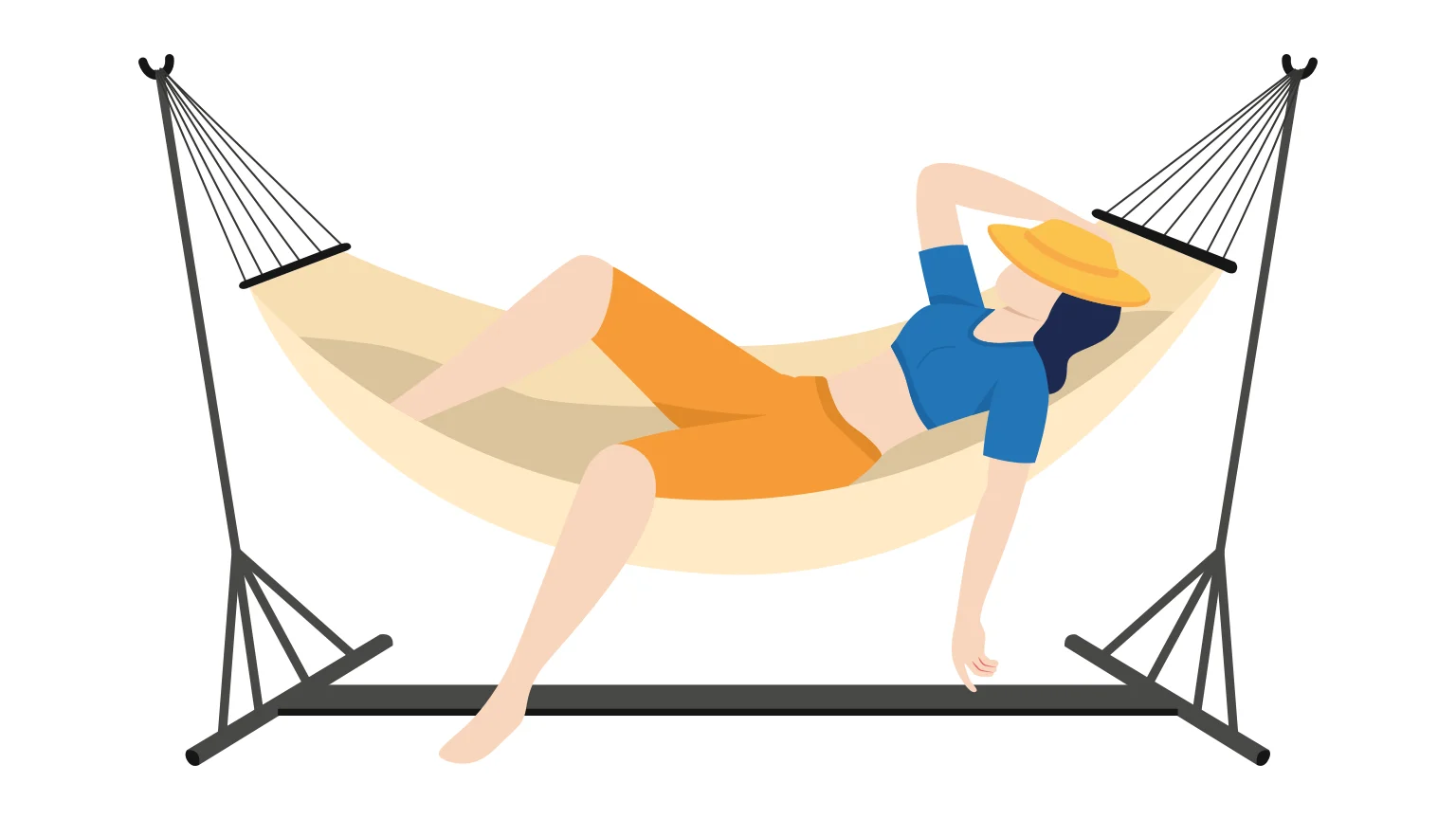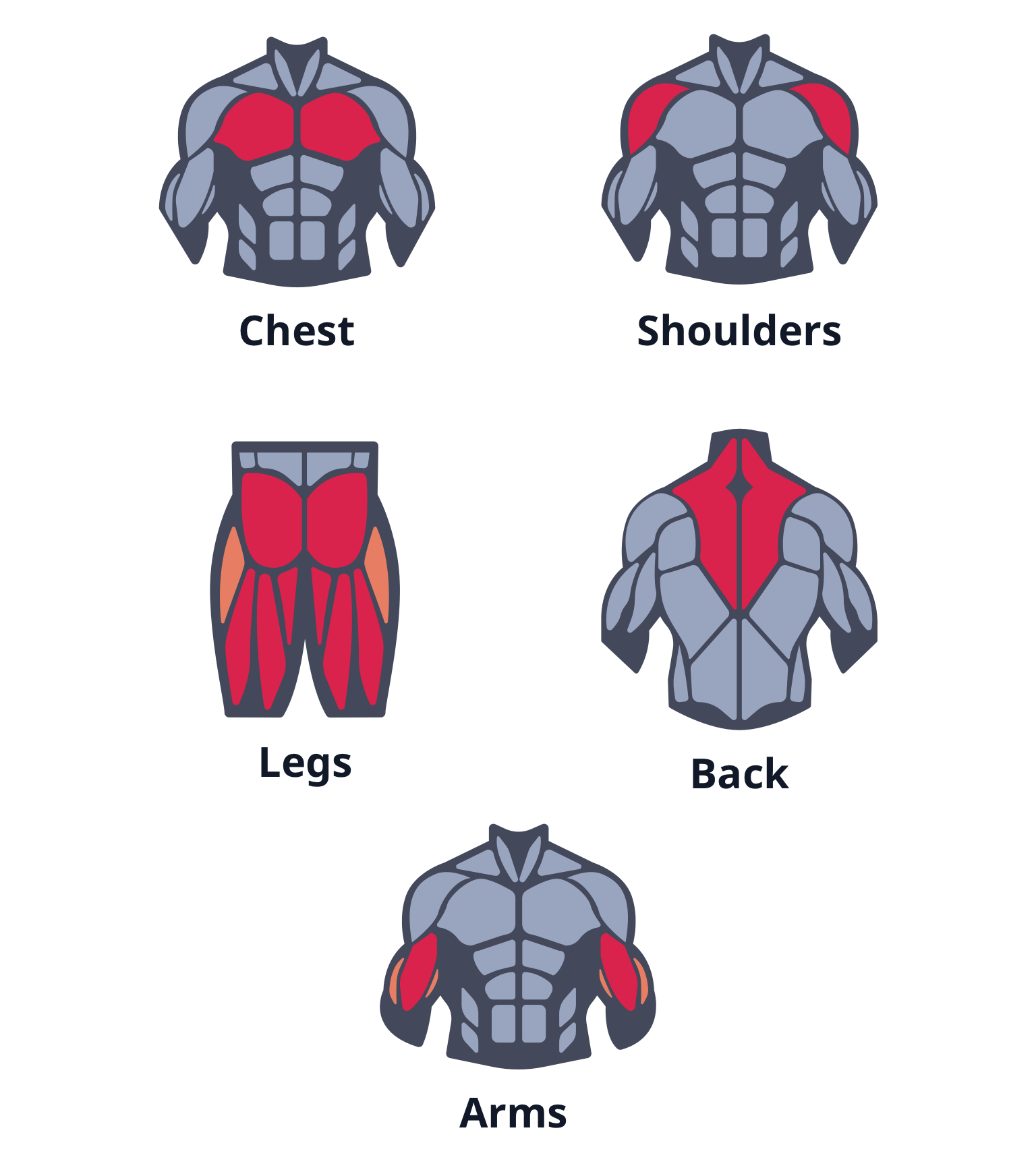About this routine
Tips
Compare routine
What is the bro split?
If you train more than 3 days per week, you'll be following a split workout routine of some kind, rather than a full body routine. Many bodybuilders get started with a 5 day bro split routine, where you dedicate each day of the week to a specific muscle group.
One downside of the bro split is that you only work each muscle group once per week. Eventually, after training with bro split for a while, you will hit a plateau where you struggle to make progress. Many people say you should follow a bro split for a maximum of 12 weeks.
While many graduate onto a PPL, ULPPL or PHAT to maximize their training frequency, you might prefer to follow a bro split out of familiarity, habit or preference. But there is a way to extend the mileage of the bro split, and it's really simple... just turn up the intensity!
Gym Geek's high-intensity bro split has 6-8 exercises in each workout. It's a 5 day per week program that maxes out on intensity, making it a high-volume strength training routine.
Reasons to like the bro split
In general, there a 4 different styles of workout routine you can train with:
- Full-body workout – Full body workouts hit every major muscle group in a single session. Due to required rest days, this is best followed 1-3 days per week.
- Bro split – In a bro split, you work each muscle group once per week. Each day of your split is dedicated to a specific muscle group, providing a large amount of recovery time between exercises.
- Upper/lower split – Upper/lower routines split workouts between upper body and lower body exercises, alternating on each day of your routine.
- Push/pull/legs (PPL) split – A PPL routine splits your workout days into push days and pull days, with an extra day dedicated solely to your leg exercises.



